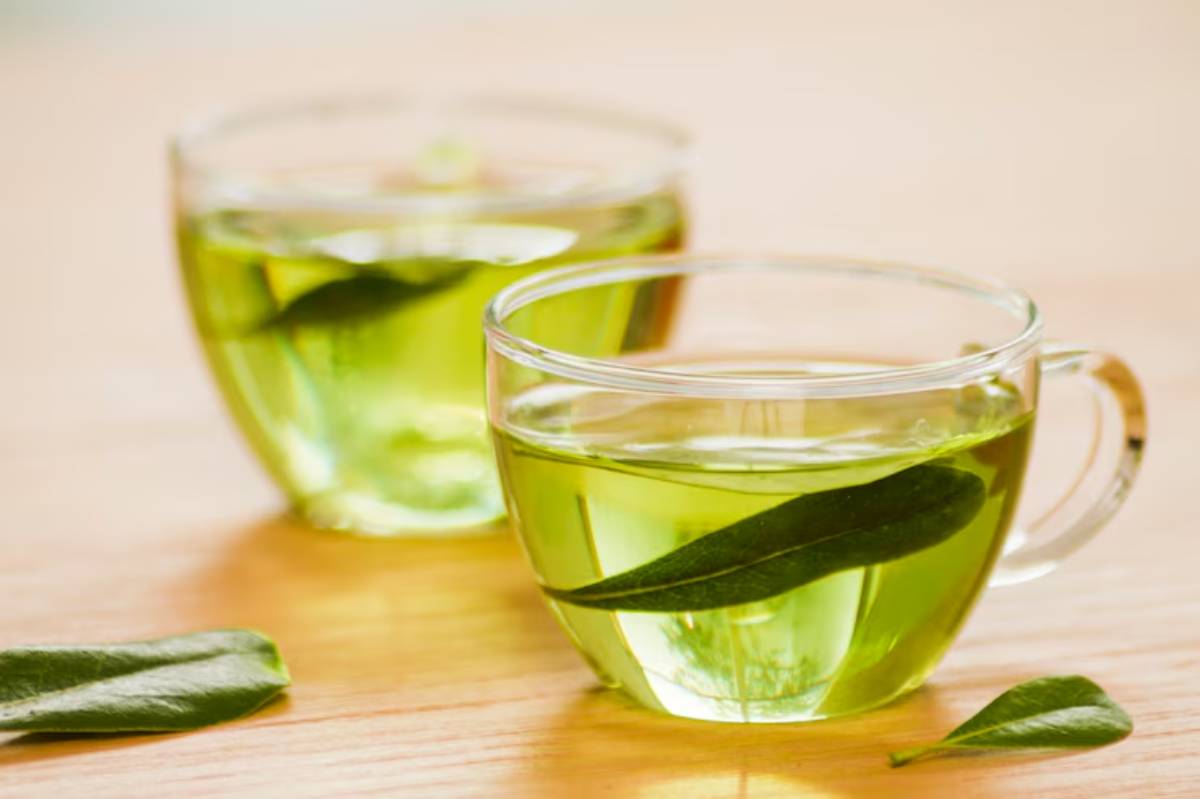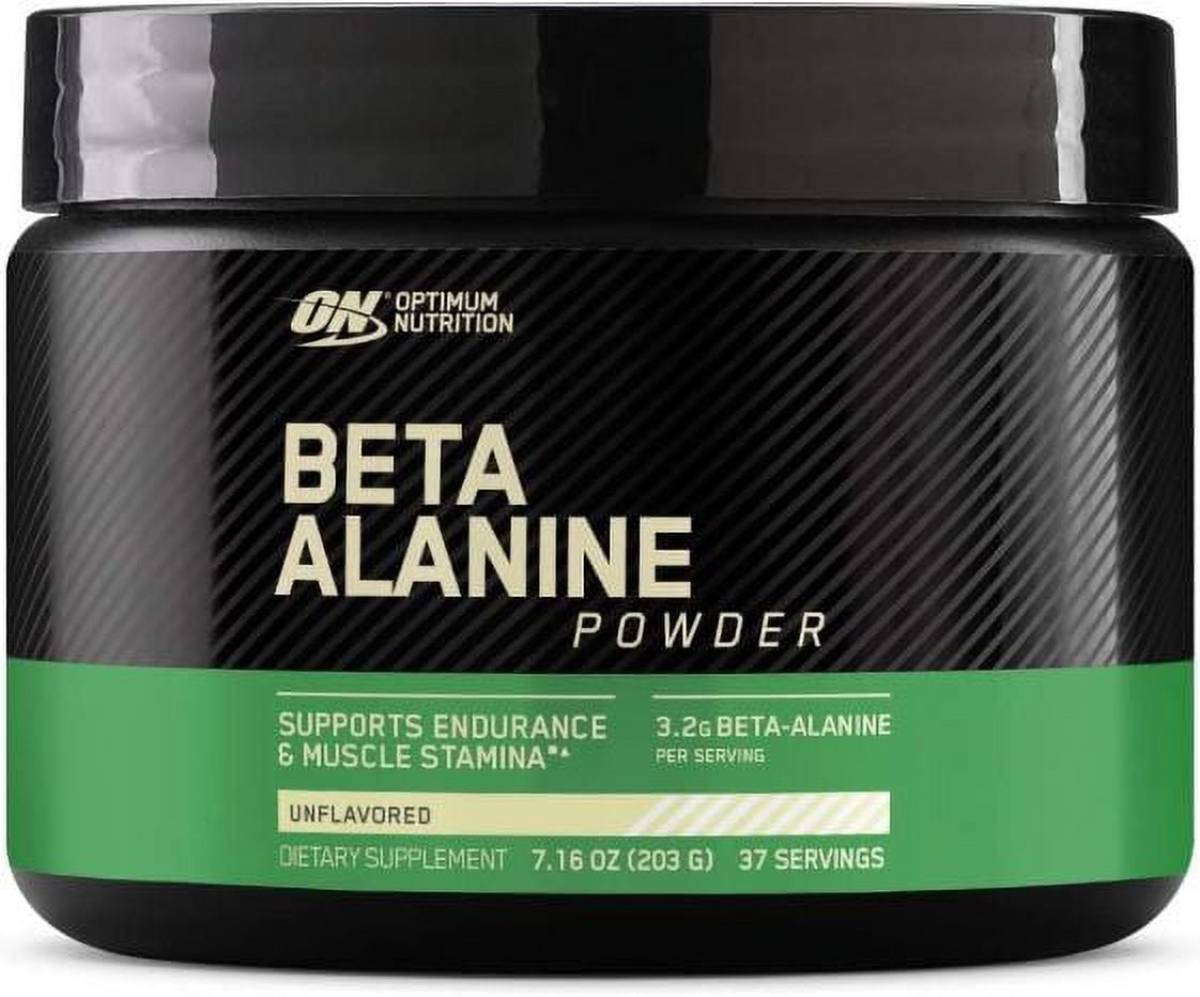
Caffeine vs Non-Stim Pre-Workouts
Pre-workout supplements are a gym staple — your ticket to explosive energy, laser focus, and high-powered sessions. But when it comes to choosing between caffeine-loaded or non-stimulant pre-workouts, the decision isn’t always easy.
Do you crave that classic caffeine kick, or would you rather avoid the jitters and crashes? Understanding the pros and cons of both can help you choose what’s right for your goals, your body, and your lifestyle.
In this guide, we’ll break down the world of caffeine alternatives, explore the best jitter-free supplements, and help you find your perfect match for peak performance. Let’s get started!
Why Pre-Workout Choice Matters
A good pre-workout supplement can boost your performance. It can turn a slow workout into a session where you hit your personal best. Choosing the wrong product can cause anxiety, too much energy, or a frustrating crash during your set. This can slow your progress.
Expert Insight: A study in the Journal of the International Society of Sports Nutrition shows that caffeine can enhance performance. This includes strength training, endurance exercises, and high-intensity workouts. This research highlights possible drawbacks for those sensitive to caffeine. It shows how crucial it is to choose the right pre-workout supplement. This can help meet your body’s needs and reduce negative effects.
Choosing the right formula ensures you perform your best without unwanted side effects.
The Case for Caffeine-Powered Pre-Workouts
Benefits of Caffeine in Pre-Workout
- Boosts Energy: Sharpens alertness and reduces perceived effort.
- Enhances Strength and Power: Increases maximal voluntary contraction.
- Improves Endurance: Helps delay muscle fatigue.
Typical Dose: 150-300mg per serving.

Common Sources:
- Caffeine anhydrous (pure powder)
- Green tea extract
- Yerba mate
Pro Tip: Look for caffeine paired with L-Theanine — a natural amino acid that smooths the buzz and reduces jitters.
Drawbacks of Caffeine-Powered Pre-Workouts

- Sleep Disruption: Especially if training late in the day.
- Jitters and Anxiety: Particularly in sensitive individuals.
- Energy Crashes: Sudden drop-offs post-session.
Real-World Story: Ben loved the kick from a high-stim pre-workout but struggled with insomnia. Switching to a lower-caffeine formula with L-Theanine helped him keep the energy without the late-night tossing and turning.
The Case for Non-Stimulant Pre-Workouts
Benefits of Non-Stim Pre-Workouts
- Jitter-Free Energy: No nervousness or crashes.
- Better Pumps: Focus often shifts toward blood flow and endurance.
- Safer for Sensitive Individuals: Avoids overstimulation of the nervous system.
- Perfect for Evening Workouts: No interference with sleep.
Common Ingredients in Non-Stim Formulas:

- Beta-Alanine: Improves endurance.
- L-Citrulline: Boosts nitric oxide and pumps.
- Creatine: Supports strength and recovery.
- Nitrosigine: Enhances blood flow and focus.
- Tyrosine: Sharpens mental clarity.
Pro Tip: Non-stim doesn’t mean “low performance” — many stim-free products deliver epic pumps, stamina, and focus!
Explore: Top Non-Stimulant Pre-Workouts for Sustained Performance
Drawbacks of Non-Stim Pre-Workouts
- No Immediate “Kick”: Might feel less intense initially.
- Motivation Factor: Some people miss the rapid energy surge caffeine offers.
Real-World Story: Emma switched to a non-stimulant pre-workout during a caffeine detox. She found that her pumps and endurance actually improved, even though the initial “zing” was missing.
Caffeine Alternatives in Pre-Workouts
Looking for a middle ground? You don’t have to go fully stim-free.
Popular Caffeine Alternatives

- TeaCrine® (Theacrine): Similar to caffeine but longer-lasting and smoother.
- Dynamine® (Methylliberine): Fast-acting but shorter duration.
- Rhodiola Rosea: Herbal adaptogen for endurance and fatigue resistance.
Important: While these compounds still stimulate, they tend to produce less jitteriness and are gentler on the system.
Smart Stack Tip: Combining lower doses of caffeine with TeaCrine or Dynamine can produce sustained, clean energy without spikes.
How to Choose the Best Option for You
Ask yourself:
- What time of day do you train?
- Evening = consider non-stimulant or low-stim options.
- Are you sensitive to caffeine?
- Yes = start with low-dose caffeine or stimulant-free.
- What are your primary goals?
- Focus and motivation = caffeine may help.
- Pumps, endurance, and recovery = non-stimulant might be ideal.
- Do you already consume caffeine daily?
- High daily caffeine use may blunt your response over time.
Real-World Example: Josh realised he was already drinking 2 cups of coffee before training. Adding a high-stim pre-workout sent him into “over-caffeinated” territory. He switched to a stim-free product focused on blood flow and endurance — and loved the results.
Common Mistakes to Avoid
- Overdoing Caffeine: More isn’t always better.
- Ignoring Tolerance: Start low, especially with new products.
- Expecting Stim-Free to Feel the Same: Different energy = different experience.
- Neglecting Other Ingredients: Caffeine is just one piece of the puzzle.
Pro Tip: Trial different options based on your lifestyle and training intensity.
Learn more: How to Test and Transition Between Pre-Workouts
Myth Busting: Caffeine vs Non-Stim Myths
1. “Non-stim pre-workouts are useless”
Truth: They enhance endurance, pumps, and recovery — just differently.
2. “All caffeine doses affect people the same”
Truth: Caffeine sensitivity varies massively between individuals.
3. “You can’t build muscle without caffeine”
Truth: Muscle growth relies on nutrition, training, and recovery — not caffeine.
Key Takeaways:
- Caffeine offers rapid energy and motivation but can cause jitters or crashes.
- Non-stimulant options promote endurance, pumps, and focus without overstimulation.
- Caffeine alternatives like TeaCrine and Rhodiola offer smoother energy pathways.
Fuel Your Training, Your Way
Choosing between a caffeine-loaded or non-stimulant pre-workout comes down to understanding your body, your goals, and your lifestyle.
Now it’s your turn! Have you tried a stim-free pre-workout, or do you stick to the classic caffeine buzz? Share your experiences and favourite products in the comments — let’s swap tips and stories!